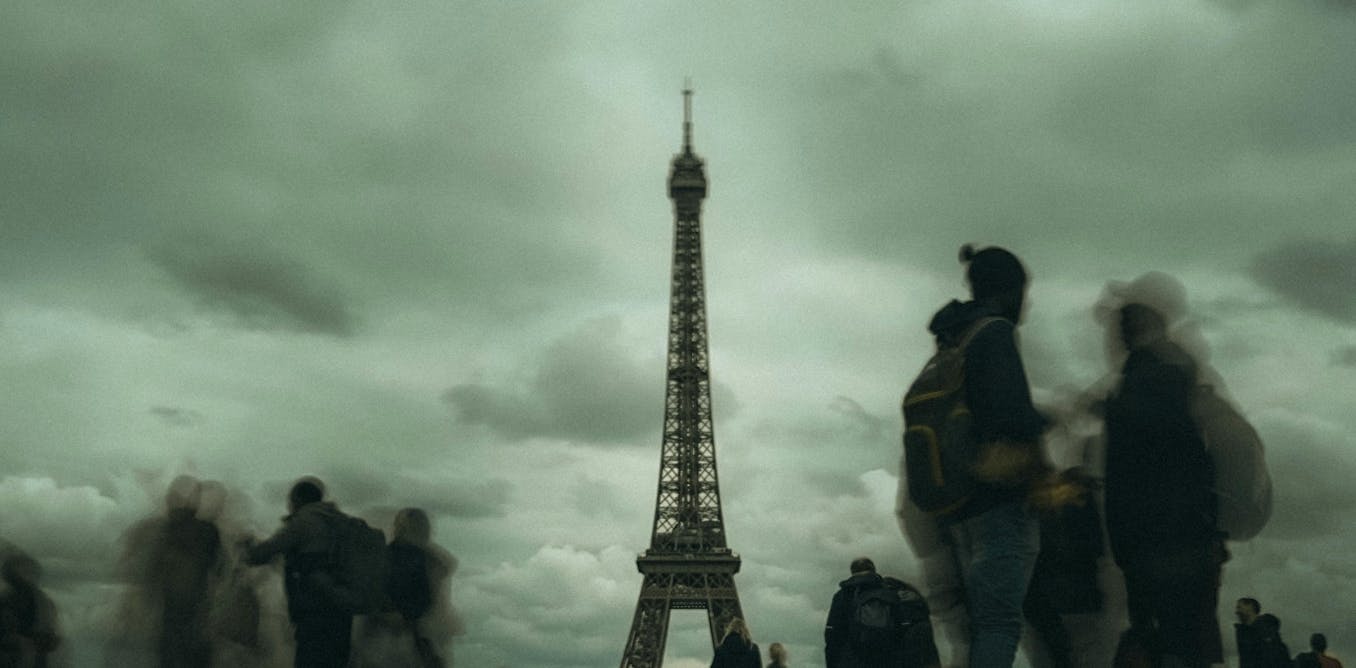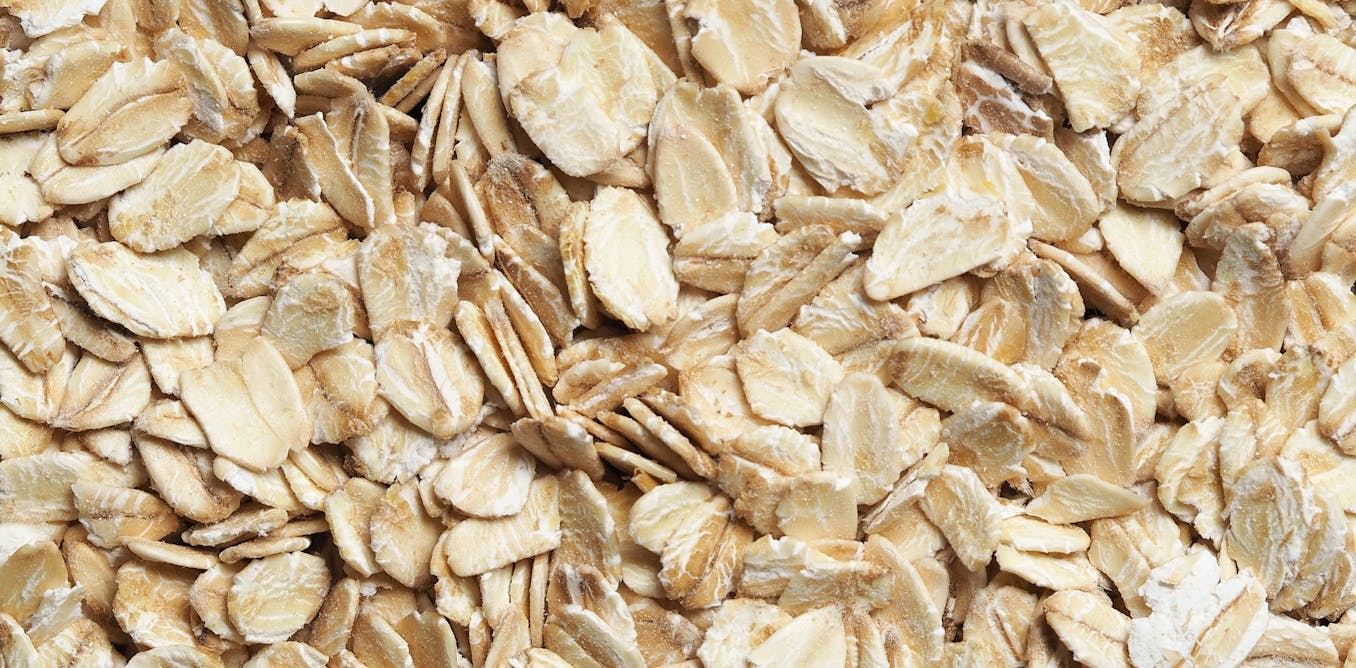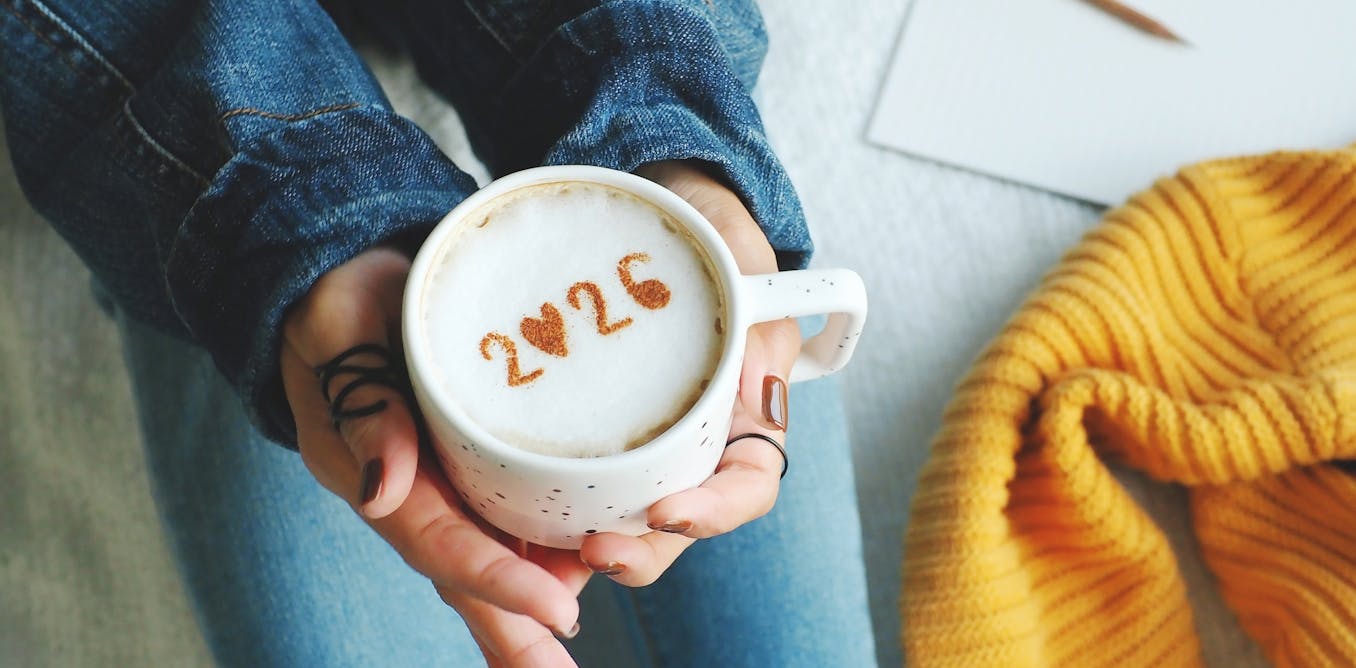The legendary art collector, patron and impresario, Sylvio Perlstein, died on Wednesday.
Hauser & Wirth confirmed the news with a post on Instagram, calling Perlstein “a visionary collector who shaped one of the most important art collections of the past century”.
In 2018, Hauser & Wirth’s locations in Chelsea and Hong Kong exhibited 380 pieces from the Perlstein collection for ‘A Luta Continua. The Sylvio Perlstein Collection‘, highlighting his “bold, intuitive approach to collecting and his close ties with artists”.
Hauser & Wirth also noted in its Instagram post that Perlstein once said: “I feel passionate about things that unsettle me, that intrigue me, make me uncomfortable.”
The exhibition was the subject of a feature in the New York Times, which noted its expansive inclusion of “Dada and Surrealism (Max Ernst, Man Ray, Dora Maar, René Magritte, Jean Tinguely, Niki de Saint Phalle); American minimalism and post-minimalism (Donald Judd, Ad Reinhardt, Brice Marden, Fred Sandback); and land art (Richard Long, Robert Smithson, Michael Heizer, Gordon Matta-Clark)”.
Perlstein was born in Belgium in the 1930s, until his family fled from the Nazis to Brazil in 1939. He grew up in Rio de Janeiro, where he changed his name from Sylvain to Sylvio and acquired his first artwork as a teenager. Later, he joined his family’s diamond business in Antwerp, where he eventually took over its diamond-cutting firm.
In the 1970s, Perlstein made many trips to New York to cut and polish rough diamonds for the famous jeweler Harry Winston. While there, he met many artists at Max’s Kansas City, before recieving invitations for studio visits and offers to recieve or trade artworks.
Perlstein’s experience across two very different countries was reflected in the works by Belgium modernists Magritte, Marcel Broodthaers, Pol Bury, and Leo Dohmen as well as Brazilian artists Ernesto Neto, Vik Muniz, Miguel Rio Branco, Marepe.
Perlstein first met Man Ray at a gallery in Vence, in the south of France, in 1969, that was exhibiting the American artist’s drawings, gouaches and watercolors, and immediately bought several works. Their friendship continued until the artist’s death in 1976. Perlstein acquired many “rayographs” and iconic images, “such as a woman’s bare back decorated with the f-holes of a violin”.
Perlstein’s collection also included many early works from artists, including Cy Twombly, Roy Lichtenstein and Brice Marden from the mid-60s, and pieces by Keith Haring, including the oil on canvas painting Mickey Mouse (1981) “with a sexually suggestive snout”.
An interest in neon lightbulbs extended to acquisitions of works by Bruce Nauman, Mario Merz, Dan Flavin, Joseph Kosuth, Keith Sonnier, Martial Raysse and Jason Rhoades. In particular, many of the works by Nauman incorporated puns and wordplay, like the sculpture None Sing Neon Sign (1970).
Perlstein, according to the Times, had “a curiously large number of works that feature women’s hair (or hair look-alikes), by such artists as Tunga, Pierre Boucher, Harry Callahan, Magritte and Maar.” Lubow described the photograph Publicité pour Pétrole Hahn (1935) of “a three-sailed ship in a sea of hair” by Maar as “memorably strange” and in line with Perlstein’s devotion to Surrealism.
And, while many collectors hoard artworks in storage, Perlstein notably kept “100 black-and-white photographs by Man Ray, Henri Cartier-Bresson, Bill Brandt, Walker Evans, Edward Weston, Imogen Cunningham and Laszlo Moholy-Nagy” displayed on the walls of an oval room in his Paris home, as well as drawings by Douglas Huebler, Mel Bochner, On Kawara and Agnes Martin.
“The house is a contemporary version of Ali Baba’s cave,” cultural critic Arthur Lubow wrote for the Times.

The post “Legendary Art Collector Sylvio Perlstein Has Died” by Karen K. Ho was published on 08/09/2025 by www.artnews.com






































Leave a Reply